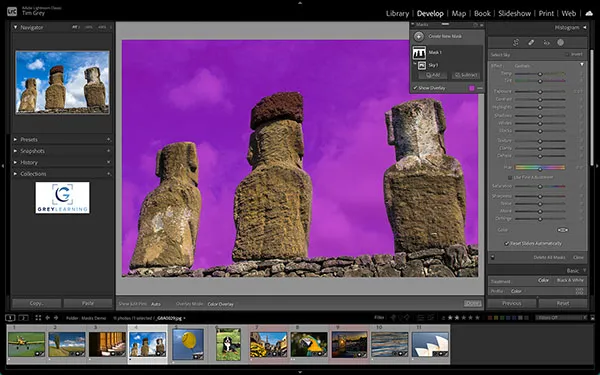Today’s Question: What does it mean for a lens to be “fast”? I see references to “fast glass”, but I don’t understand what this means or how it would benefit me.
Tim’s Quick Answer: A fast lens is one that will achieve autofocus faster based on a relatively large lens aperture (small f-number).
More Detail: When a lens features a lens aperture that can open to a larger size (smaller f-number) it allows more light to reach the image sensor. That, in turn, means that the lens will generally be able to achieve autofocus more quickly, thanks to the additional light. This also means the lens is capable of providing narrower depth of field since the lens aperture can be opened to a larger diameter.
Strictly from the standpoint of autofocus, this means that you’ll get better performance with a lens that features a larger maximum aperture size. For example, an f/2.8 lens is capable of faster autofocus than an f/4 lens, all other things being equal. This is one of the reasons, for example, that some lenses are available in two different models with different maximum aperture sizes, with otherwise identical specifications.
A lens with a larger maximum aperture size will generally be more expensive than a lens that doesn’t have as large a maximum aperture size. It is therefore worthwhile to consider whether you actually need the faster autofocus performance.
For some types of photography, such as birds in flight and sports, faster autofocus performance can be very important. For other types of photography, such as landscape photography, the autofocus performance generally won’t be as important. Therefore, the maximum lens aperture size is only one factor to consider, taking into account how important faster autofocus is to you, along with the potential for narrower depth of field afforded by a lens with a larger maximum aperture size.






